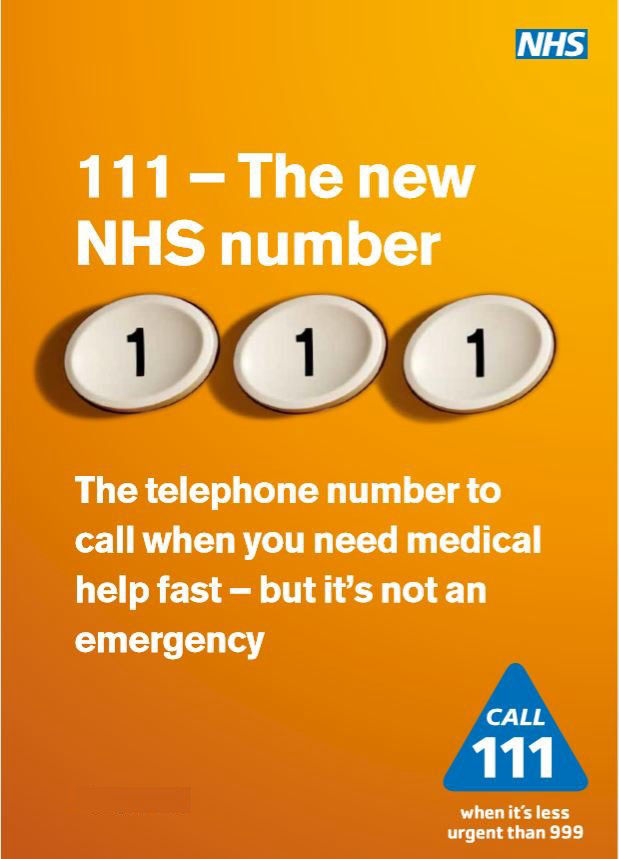With any crush injury comes the risk of 'Crush Syndrome', this risk increases over the time period the body part is under compression. The compression closes off the blood vessels starving the part of oxygen, it also prevents returning blood removing any toxins. When the weight is released from the body part these toxins are released and suddenly rush around the blood supply system of the body, these toxins can then very quickly damage the vital organs (Traumatic Rhabdomyolysis - Muscle Reperfusion Syndrome), causing renal failure and even stop the heart from working.
This was first discovered and described by Bywaters and Beal in 1941 after a crush injury patient who was otherwise healthy suddenly died of renal failure.
Crush injuries can vary from fingers caught in a door or drawer which is quickly released and allows the patient to seek out treatment by making their own way to hospital, to people trapped under cars or collapsing buildings and requiring ongoing medical assistance while receiving skilled extraction.
It is a natural human instinct on witnessing a crush injury to remove the car or heavy weight that is crushing the person, but this can be even more dangerous to the patient and those around them and needs the specialist knowledge of extraction by professionals such as the Fire Brigade. It can also cause more physical life-threatening injuries to the patient along with risk of Traumatic Rhabdomyolysis (Muscle Reperfusion Syndrome).
A specialist Paramedic crew or Doctor may be required to first infuse fluids and supply a high rate of Oxygen and administer pain relief, and in really severe cases the presence of a Surgeon to amputate the crushed limb before removal.
Therefore removal or extracation is beyond the abilities of most, and full attention must be paid to the guidance of the 999 operator whilst awaiting the arrival of medical assistance.
LEAVE IT TO THE PROFESSIONALS !
Credit to: Dr. Nabil Ebraheim
Credit to: Prolonged Field Care Working Group
This video was made for the Special Forces and covers treatment in the field of war zones, but the principles also apply for Civilian Paramedic Ambulance Crews, and explain Rhabdomyolysis.
Credit to: SWORBHP
Credit to: Gianna DiStasio
WARNING: VIDEO DOES CONTAIN SOME GRAPHIC IMAGES
Credit to: CritiC
Credit to: Health and Safety Authority
Credit to: Health and Safety Authority
Ann Doherty
Credit to: Health and Safety Authority
David Butler - Farmer
Many of us are now taught First-Aid as a requirement for work, and it is law to have a qualified first-aider in any office, factory or workspace that has more than five persons.
But as parents we should learn first-aid in case something happens to our children at home, on way to and from school or at the park.
Basic and advanced courses are cheap and regularly run by both the St. John Ambulance and the Red Cross. (see buttons below)
Everyone should learn basic first-aid, it could save a life !
Credit to: BRIGHT SIDE

The new telephone number for NHS Direct Wales and Shropdoc GP out of hours services.